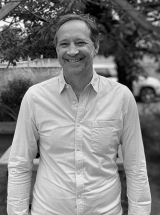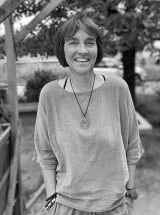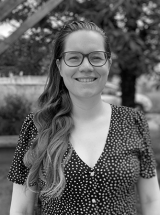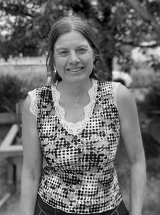SC Journal
Structural Concrete, the official journal of the fib, provides conceptual and procedural guidance in the field of concrete construction and features peer-reviewed papers, keynote research and industry news covering all aspects of the design, construction, performance in service, conservation (assessment, maintenance, strengthening) and demolition of concrete structures, research about the behaviour of concrete structures, development of design methods, fib Model Code, sustainability of concrete structures.
fib Members can ![]() the SC Journal issues on the fib website and download them from the fib bookstore, or download them from the Wiley Online Library. PDF articles are published since 2011.
the SC Journal issues on the fib website and download them from the fib bookstore, or download them from the Wiley Online Library. PDF articles are published since 2011.
Indexed in the Thomson Reuters (ISI) Web of Science since Volume 10 (2009), the journal now has an impact factor of 3.3 and is published six times a year. All members of the fib automatically get the latest issue of Structural Concrete, so the best way to stay informed (as well as the more convenient way to obtain the journal and other advantages) is to become a member of the fib. In order to access to the SC Journal electronically, fib members need to be logged in and follow the steps as per the FAQ.
Every issue of Structural Concrete also includes the fib’s quarterly newsletter, fib-news, which provides up-to-date information from the fib secretariat and the latest news about fib events, members and new publications.
SC Journal App
Structural Concrete now has its own app! This app allows fib members to:
- browse the journal’s articles
- save articles
- subscribe to specific keywords – you will get notifications every time an article of interest to you is available
- get the latest news from the fib directly on your phone
- access the fib-news directly from your phone
- and much more!
The app is available both on GooglePlay and on the AppStore.
Once you have downloaded it, please use your fib members credentials to log in.
Journal Article
The main part of the journal contains peer-reviewed papers. The table of contents and abstracts for issues from 2002 to 2011 are freely available via Wiley Online Library.
Other free issues in Structural Concrete
The fib prides itself on the quality of its publications. The Federation has decided to make some of them available free of charge. Our free documents include the first completed drafts of the 2010 Model Code and the Award for Outstanding Concrete Structures brochures.
Besides the publications shown above, you can have a free access to the following publication:
Submission of papers
Structural Concrete is seeking original papers of the highest quality for publication. Papers may cover all aspects of the design, construction, performance in service, strengthening and demolition of concrete structures, including papers on research into the behaviour of structures and into the development of design methods. All papers will be subjected to a rigorous peer-review process prior to acceptance for publication. Author guidelines and manuscript submission information are available. Thus, for submitting a paper or Special issue in the SC Journal, please read and follow the Special Issue Policy.
Publisher: fib - International Federation for Structural Concrete. ISSN: 1464-4177 (print). 1751-7648 (online).
| Editorial Board | ||
|---|---|---|
|
Editor-in-Chief |
Members |
Venkat N. Heggade (India) |
| EDITORIAL ADVISORY BOARD | ||
| Members Erkan Akpinar (Turkey) Baraa Al-Eliwi (Iraq) Farhad Aslani (Australia) Panagiotis Asteris (Greece) Jesus Miguel Bairan (Spain) Yu-Lei Bai (China) Jiuwen Bao (China) Ahmet Benli (Turkey) Agnieszka Bigaj (Netherlands) Wouter Botte (Belgium) Joan Casas (Spain) Airong Chen (China) Vladimir Cervenka (Czech Republic) Antoni Cladera (Spain) Marten Classen (Germany) Antonio Conforti (Italy) Tommaso D’Antino (Italy) Jorge de Brito (Portugal) Wouter De Corte (Belgium) Gerrie Dieteren (Netherlands) Hiroshi Dobashi (Japan) Piotr Dybel (Poland) German Ercolani (Argentina) Duarte Faria (Switzerland) Alessandro Fantalli (Italy) Emmanuel Ferrier (France) Pietro Gambarova (Italy) Dan Gan (China) |
|
|


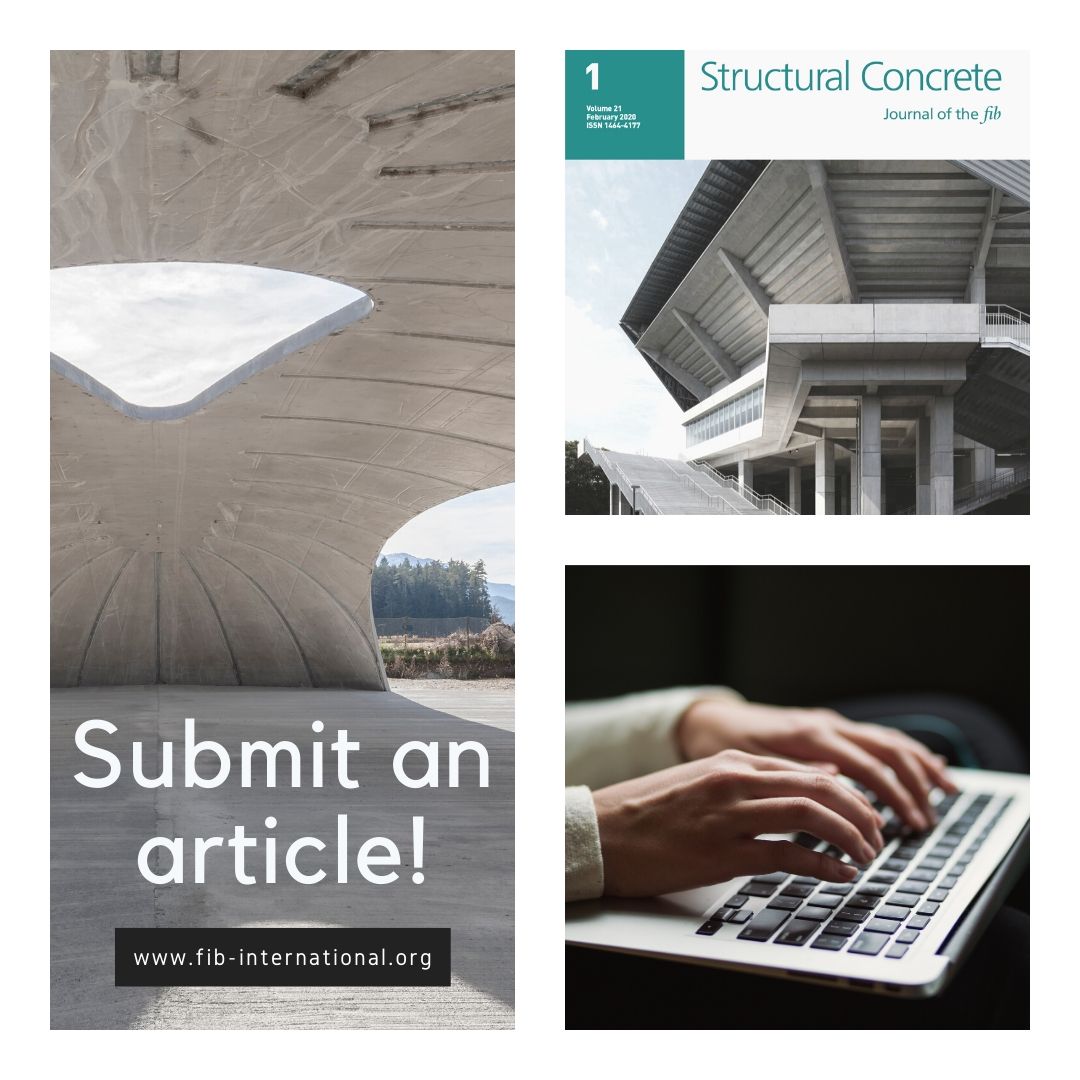
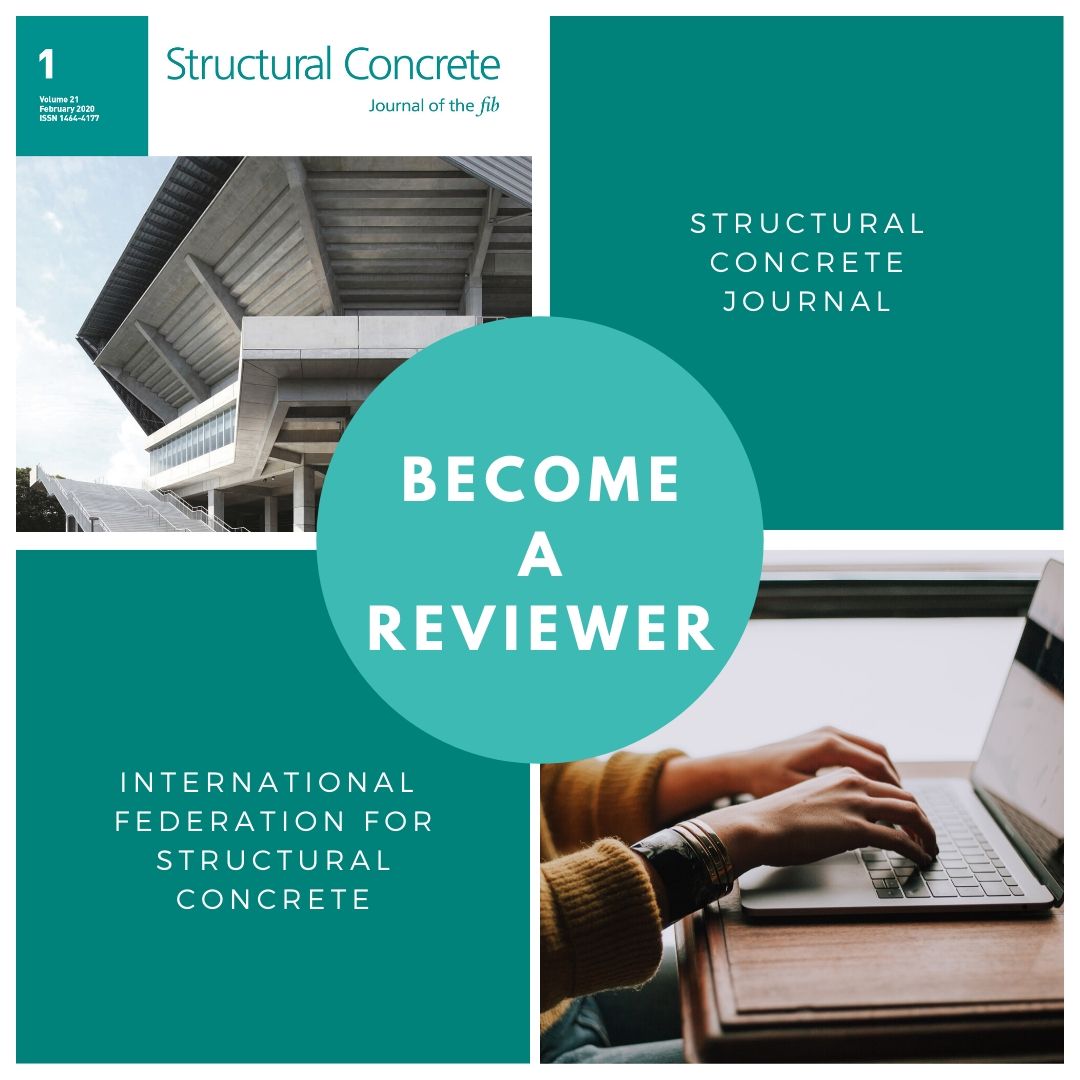
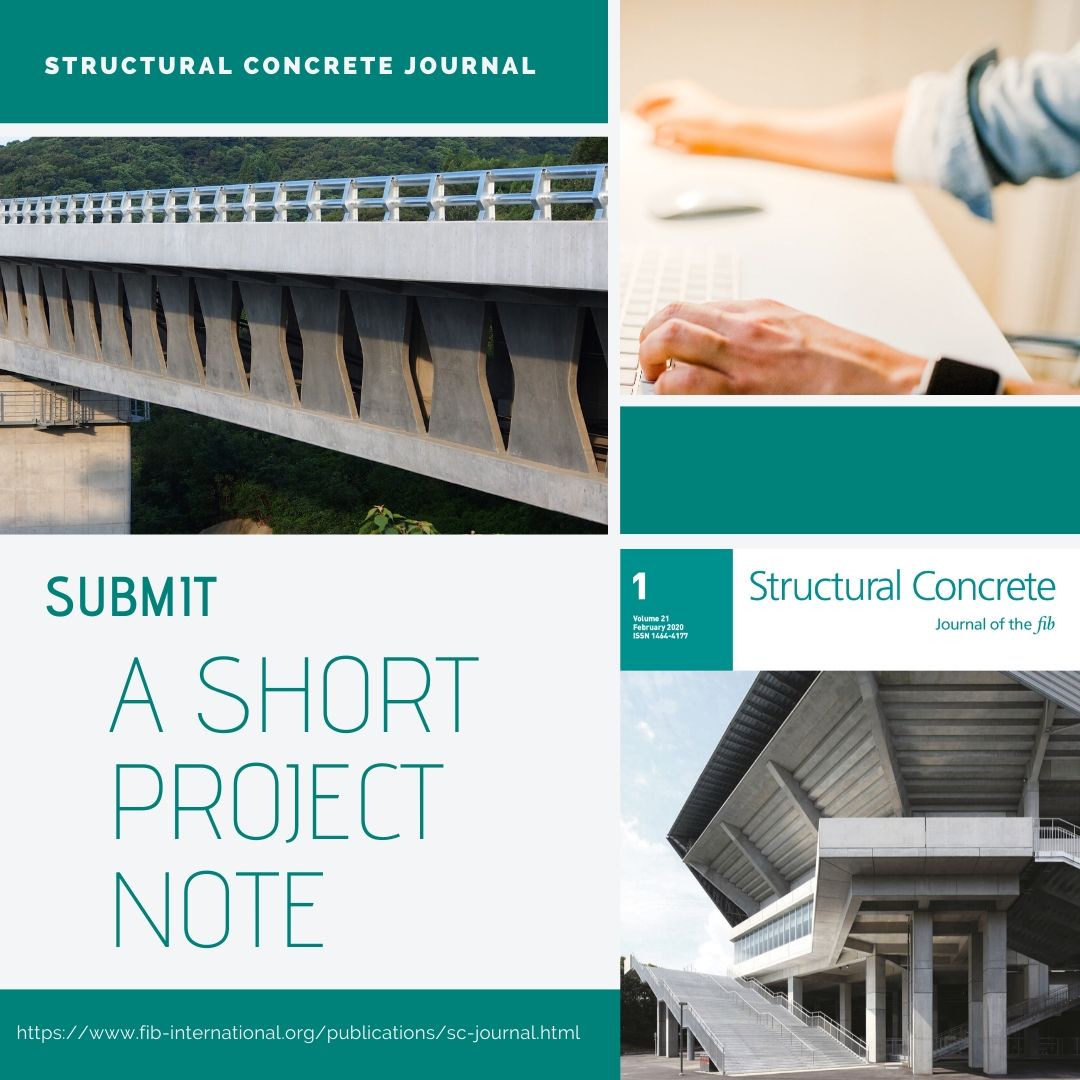
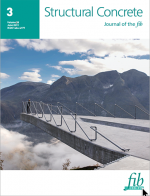
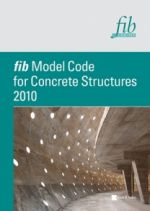
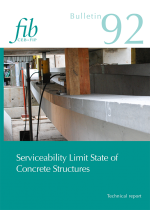
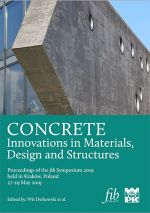
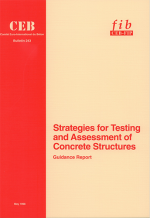
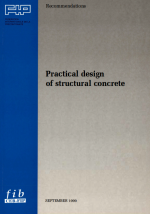
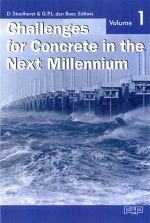


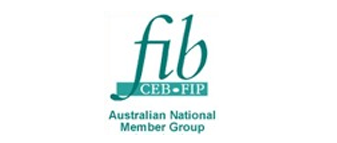
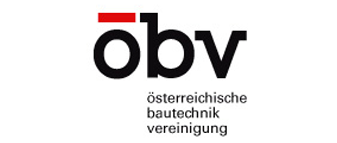

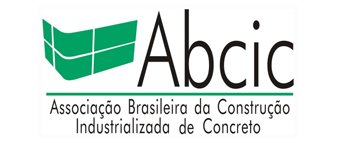
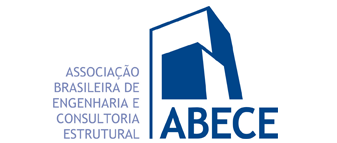
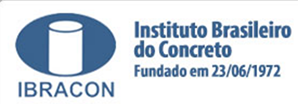
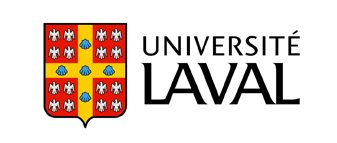
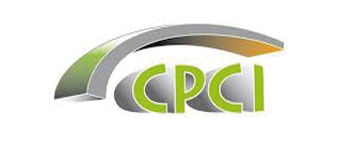


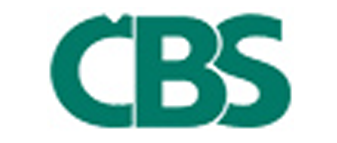
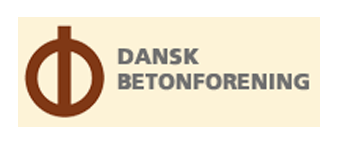

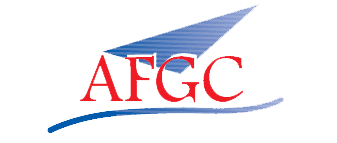

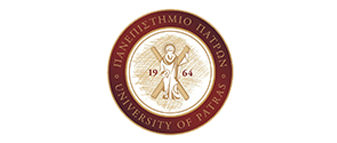



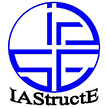
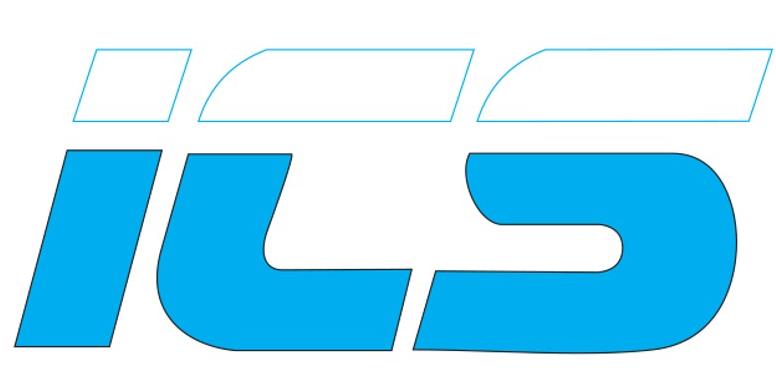
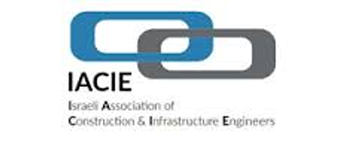

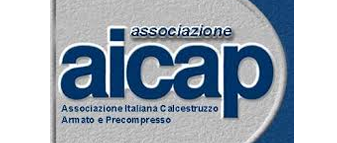

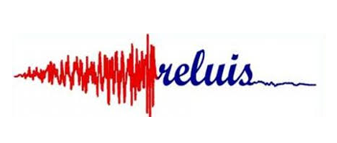

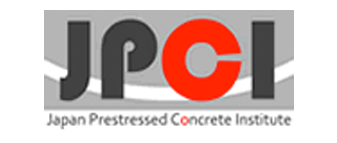

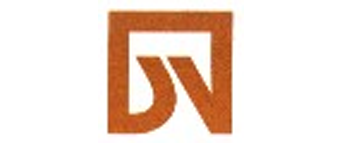


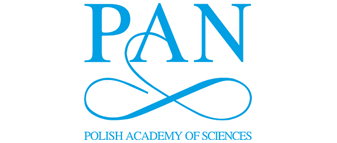
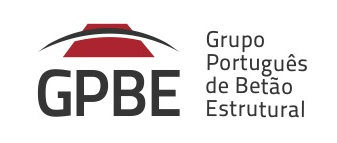


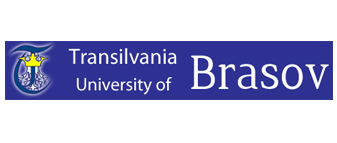

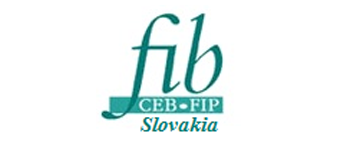

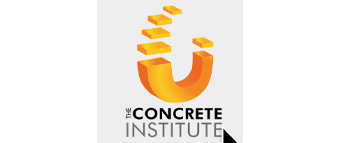
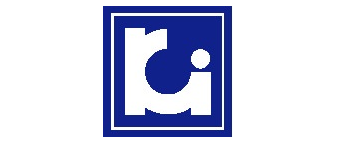
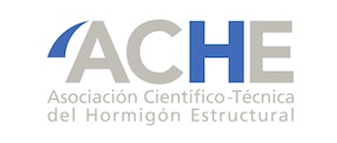

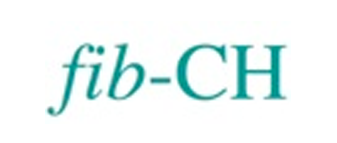
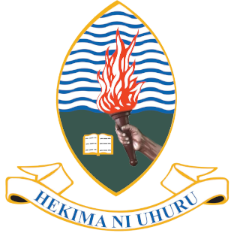



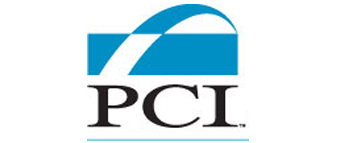
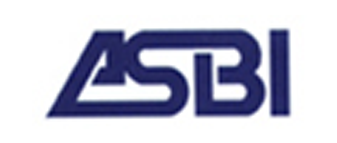
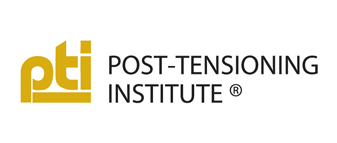
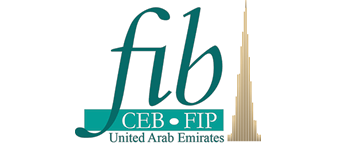



--@-Martin-Stollenwerk-9f98cf140dc95455acd8f591e4393460.jpg)






